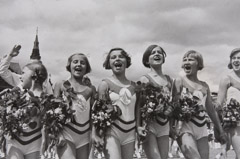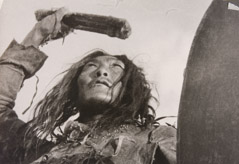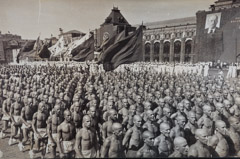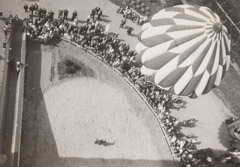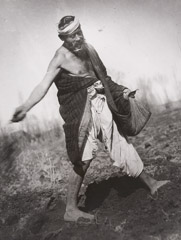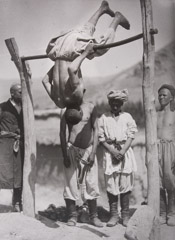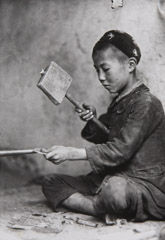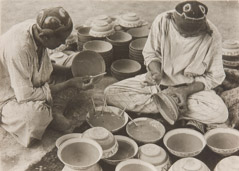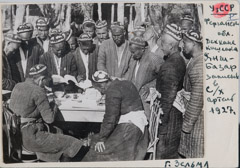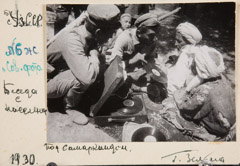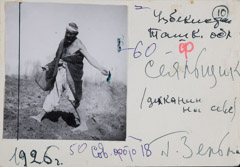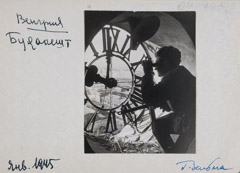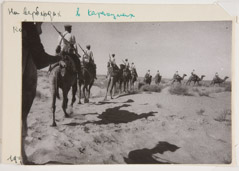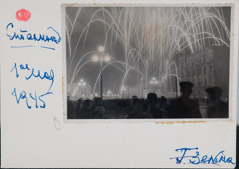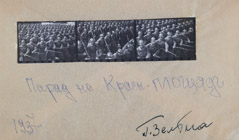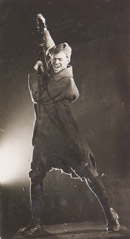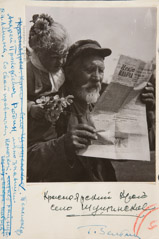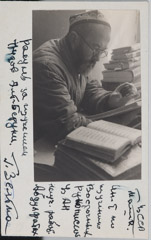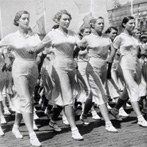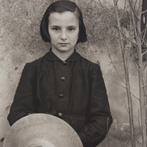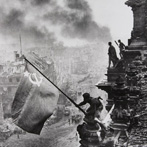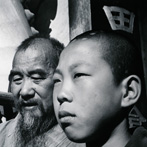Georgi Zelma
Georgi Zelma (1906-1984)
Born in Tashkent, Uzbekistan, in 1906, Georgii Anatolevich Zelma moved to Moscow with his family in 1921, where he began taking pictures with an old 9 x 12 Kodak camera. His first experiences as a photographer took place at the Proletkino film studios and during theater repetitions for the magazine Teatr. He soon joined the Russfoto agency. From 1924 to 1927, he returned to his homeland as a correspondent for Uzbekistan, Afghanistan, Iran and Central Asia in order to document Islamic culture being reformed by Soviet socialist reconstruction. This work was published in Pravda Vostoka. In 1927, Zelma was enlisted in the ranks of the Red Army, serving in Moscow. After the demobilization in 1929, he returned to Tashkent and worked briefly for the Uzbek cinema chronicles.
In Moscow, he entered the team of Soiuzfoto and received a Leica. Through the 1930s, he was sent on assignment to the mines and factories in the Donbass region, to Collective Farms in Tula province and to the Soviet Military maneuvers in the Black Sea region. He worked with Roman Karmen on the stories The USSR from the Air and Ten Years of the Soviet Socialist Republic of Iakutia, which were published in the propaganda magazine “USSR in Construction”. For this magazine he also collaborated with Max Alpert and Aleksandr Rodchenko. During World War II, he was a correspondent for Isvestiia stationed at the front-line campaigns in Moldova, Odessa, and Ukraine. His most memorable photographs are of the Battle of Stalingrad, where he spent the severe winter of 1942-43. After the war, Zelma worked for the magazine Ogonek and from 1962 for the Novosti press agency. He died in 1984.
The work of Georgi Zelma is featured in these exhibitions.
(Select the image to view the exhibition page)

